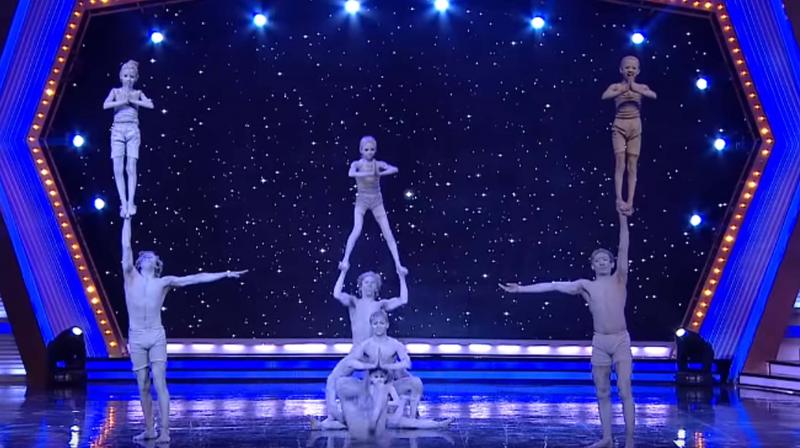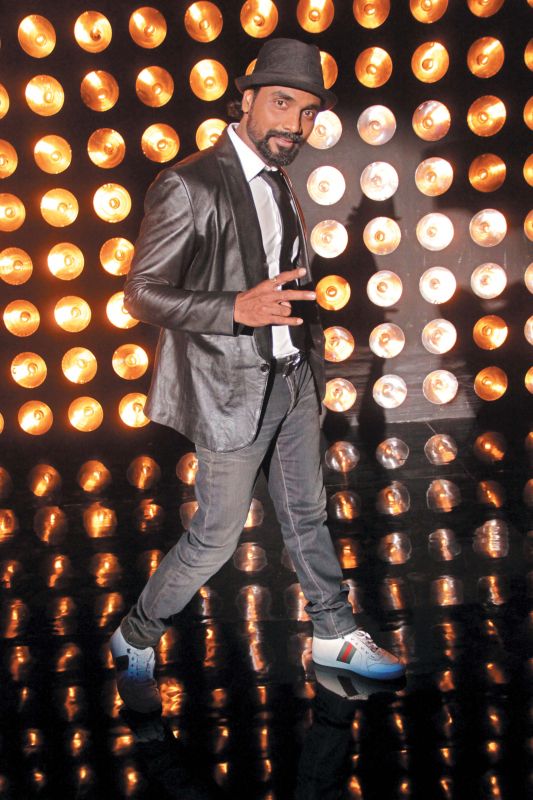Toeing the line
I&B\'s advisory to TV channels over the portrayal of children in reality shows has been welcomed across quarters.

On children’s dance reality shows, it isn’t uncommon to see a tiny tot swaying to the tunes of ‘Mungda’, toppling down from a sky-high human pyramid as ‘Mere Gully Mein’ plays on in the background or bust move to ‘Kamariya’ in midriff-baring tops and ultra-short shorts. And this hypersexualisation of children, coupled with the high-pressure nature of reality TV shows has made many a child rights activist and educator uncomfortable. But they aren’t the only ones finding fault with the goings-on of these shows, as yesterday, the Ministry of Information and Broadcasting, took cognizance to several dance-based reality TV shows that have young children perform dance moves that are ‘often suggestive and age-inappropriate’ and that ‘such acts may also have a distressing impact on children, impacting them at a young and impressionable age’. It also issued an advisory to private satellite TV channels asking them to refrain from depicting children in ‘an indecent, suggestive and inappropriate manner in dance reality shows or other such programme's and to ‘to exercise maximum restraint, sensitivity and caution while showing such reality shows and programmes’. Additionally, the channels were also asked to ‘abide by the provisions contained in Programme & Advertising Codes prescribed under the Cable Television Networks (Regulation) Act, 1995 and rules framed. As per the rules, no programme should be carried on TV which denigrates children, and further that programmes meant for children should not contain any bad language or explicit scenes of violence’.This move by the I&B Ministry has been welcomed by many, including choreographer Saroj Khan, who has been a judge on dance reality shows like Boogie Woogie, Nach Baliye, among others. Talking about how she herself has cautioned parents and participants time and again, she says, “Right from the beginning, I have been urging this and I am glad this is finally happening. We try our best to give children and their parents the right direction and tell them to not have dance moves that would look indecent, but some people don’t listen to you, so you can't hold them back because often, they do it for money.”
The choreographer also points out how children tend to emulate what they see around them, saying, “You see children doing these steps with pelvic thrusts and it doesn’t look decent at all. But when adults themselves do such steps, what can you expect from children?”
 Remo D'Souza
Remo D'Souza
Choreographer Remo D'Souza who has judged dance reality shows such as Dance India Dance, Jhalak Dikhhla Jaa, Dance Plus and others, also feels that there’s a need for guidelines when it comes to children’s dance reality shows. He says, “Dance reality shows do take a toll on children emotionally as well if it is not done right. Also, children tend to mature at a very early age, so it’s important that we follow certain guidelines. The child should be treated like a child and not an adult. I myself make sure that whatever shows I do with children, no indecent moves are performed.”
Swati Popat Vats, President of Podar Education Network and Early Childhood Association (ECA), who has been a long-time crusader for the safety and protection of child artistes in films, television and ads, has also applauded the I&B Ministry’s move. “It’s high time the content in which children are involved is regulated. In fact, ECA had drafted a whole policy for producers’ and directors’ associations, but nothing happened. One sees children dancing on lewd numbers, and this is not developmentally appropriate for children. Somewhere, you are harming their development when you’re exposing them to too much adult content and behaviour,” she avers. The child right’s activist also points out how not only producers but also the audience is responsible for the content shown on these shows. “When you watch television, it’s basically senseless viewing.
People like to see a child dance on an adult number. We love to watch puppies and children, and this is evident by the number of YouTube videos that go around. You find it ‘cute’ when a child does something very adult like. So these channels and shows get high TRPs and because of the TRPs, the producers are not bothered about the harm they’re putting the children in,” she adds.
Psychiatrist Dr Harish Shetty, while seconding the I&B Ministry’s move, highlights why he finds children’s reality shows problematic in general. He says, “These shows bring a lot of adulation for the child, which stops when the show gets over, leading to anxiety and depression. Secondly, the child is unable to handle the adulation when they get back to school. Thirdly, they feel rejected when they lose which again causes depression.” The psychiatrist also says that there aren’t sufficient guidelines in place to regulate the nature and content of children’s dance reality shows as often, there are no counsellors on the sets and even if they are present, they aren’t allowed to interact with the child. “I think here, not just the I&B Ministry but the National Commission for Protection of Child Rights should come with stringent guidelines, set by experts and the media together.
Also, there needs to be a screening committee that vets all these shows after it is released since I don’t believe we need too much censorship. The makers need to have counsellors on the sets and then it becomes their job to have regular sessions with the children and be more proactive,” he says.
Additionally, Dr. Harish also feels that parents should be aware of the impact such shows can have on their children.
“What ultimately counts and is of utmost importance is that parents should also be educated and counselled about the impact reality shows can have on their children,” he concludes.

